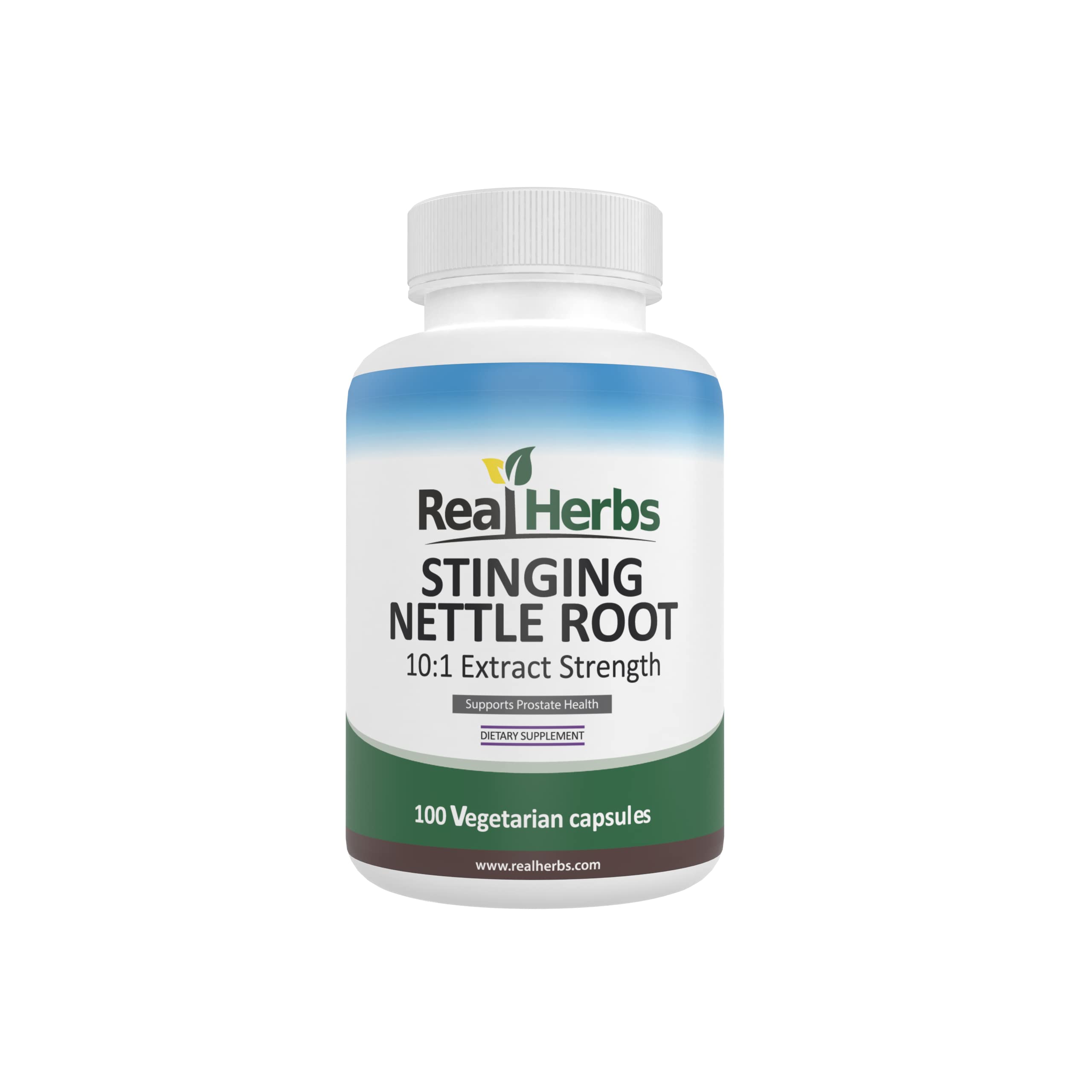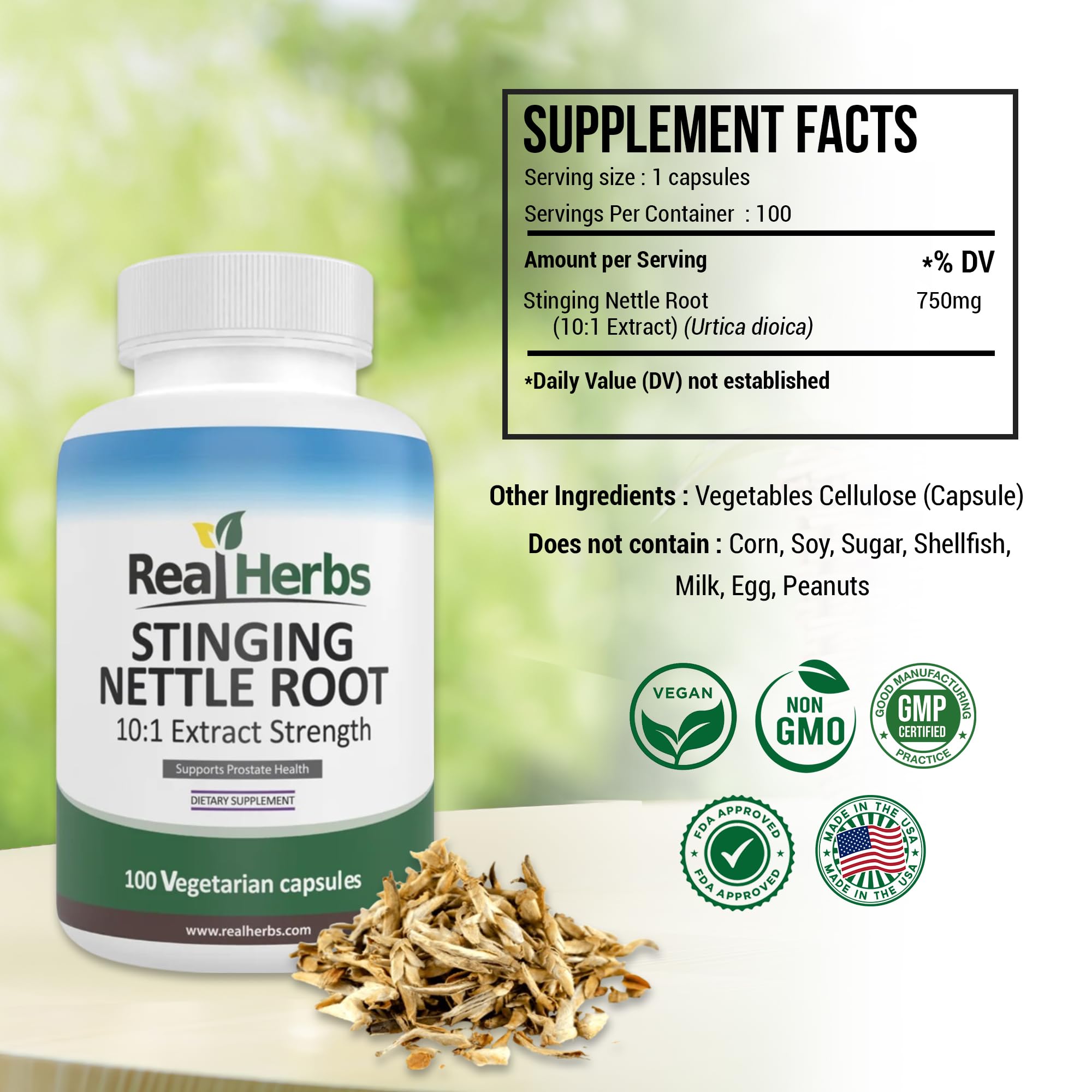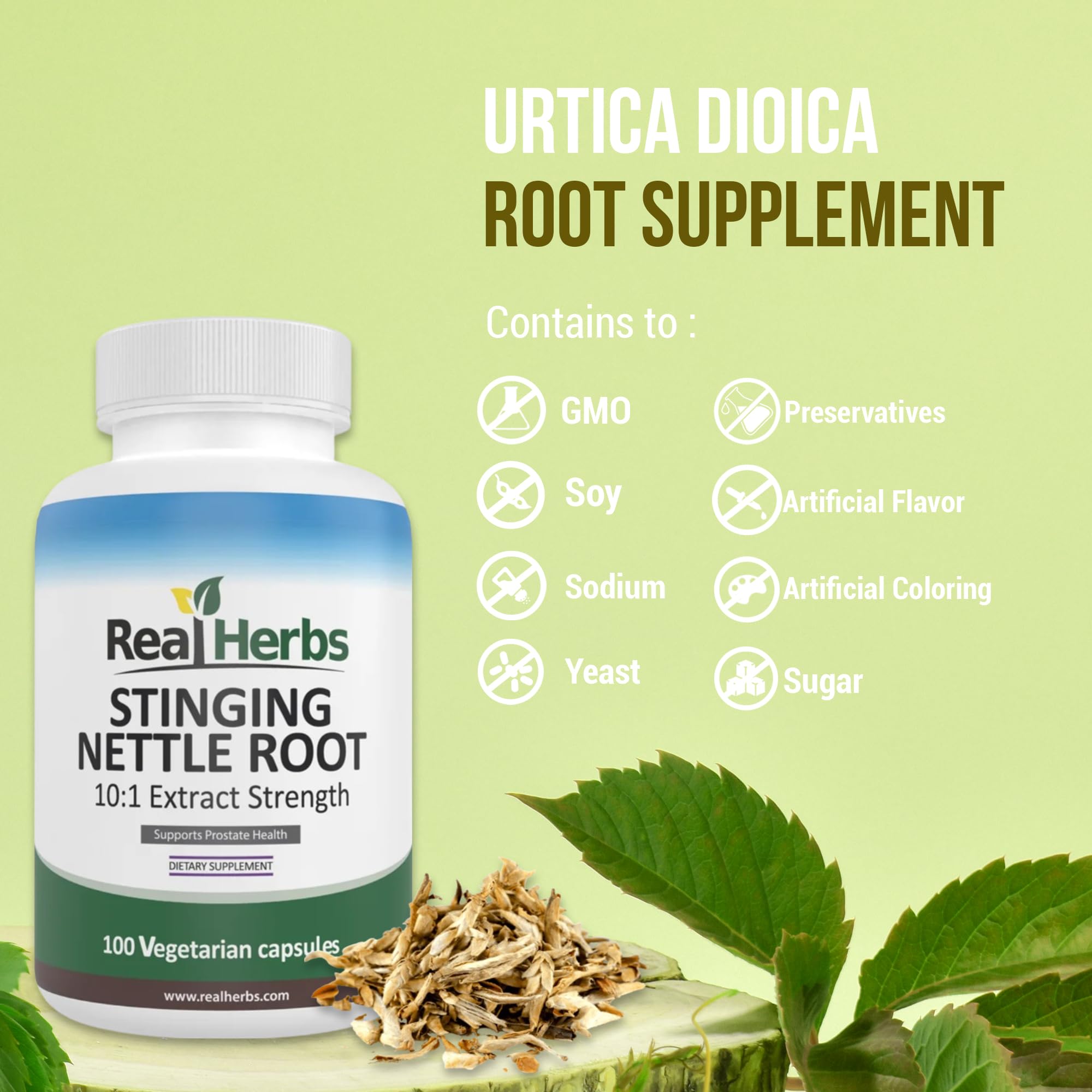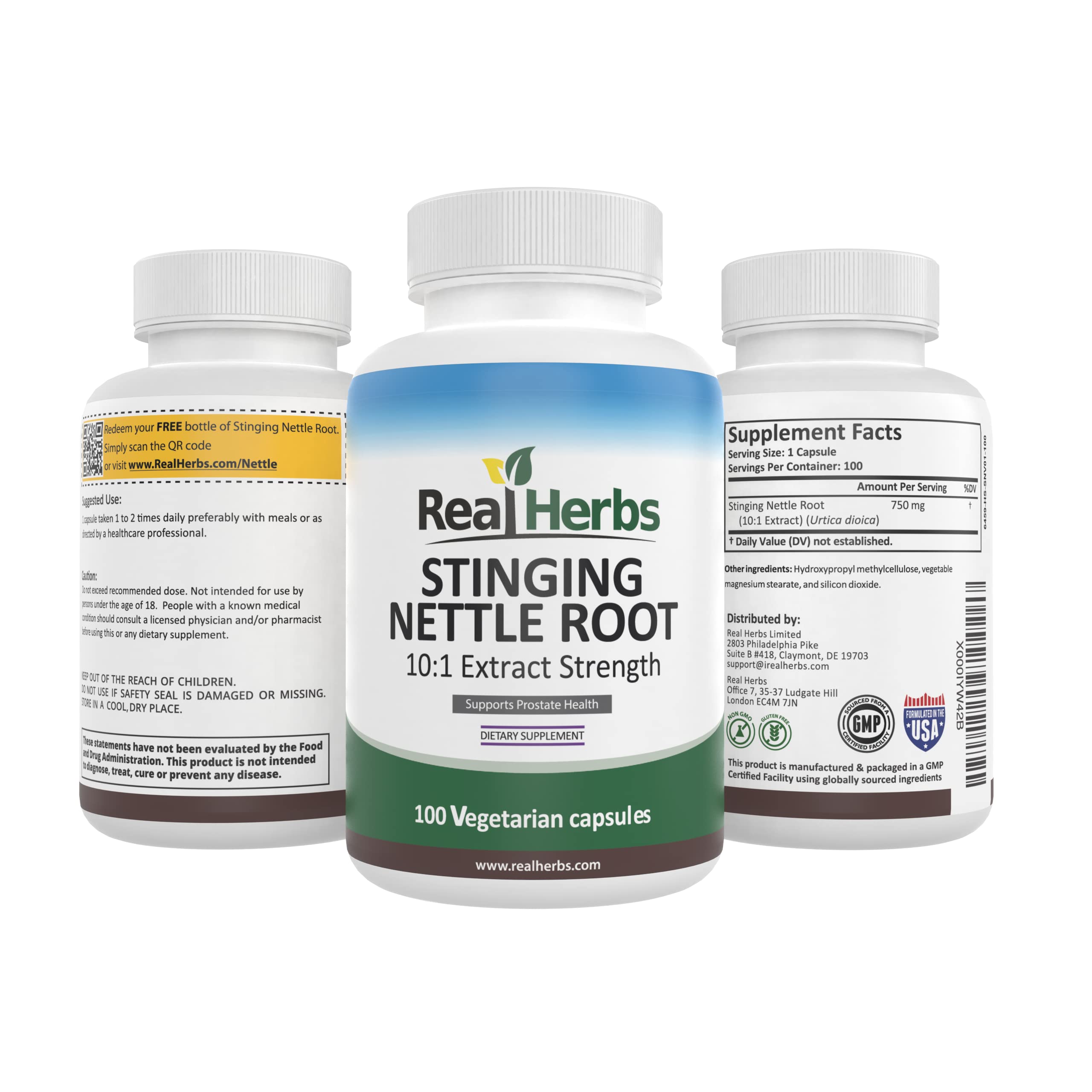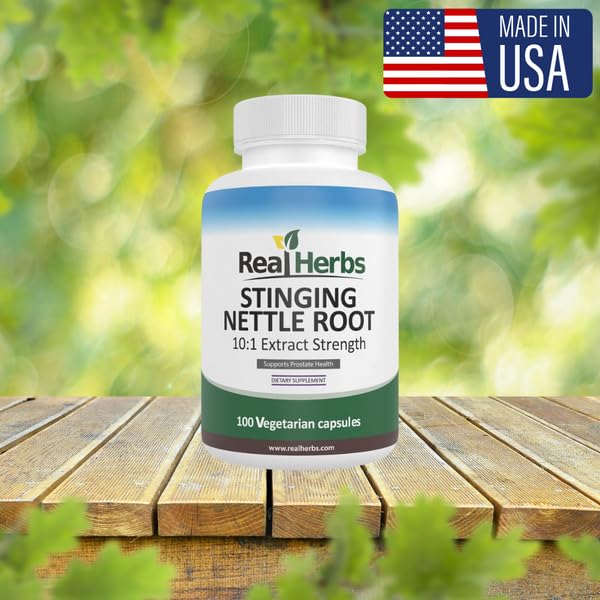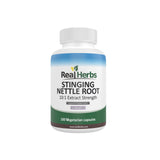How Deep Are Stinging Nettle Roots?
Introduction
Stinging nettle (Urtica dioica) is a plant known for its stinging hairs that can cause discomfort when touched. However, there's more to this prickly plant than meets the eye. Understanding the depth of stinging nettle roots is crucial for managing its growth and preventing its spread. In this article, we will explore the intricate root system of stinging nettle, factors influencing root depth, available research on the topic, and practical implications for gardening and management.
Stinging Nettle Root Structure: To comprehend the root depth of stinging nettle, we must delve into its root structure. Stinging nettle roots are known for their rhizomatous nature, meaning they consist of underground stems called rhizomes that give rise to new shoots. These rhizomes can extend horizontally, allowing the plant to spread vigorously. Beneath the soil surface, stinging nettle roots can also penetrate vertically to varying depths.
Factors Affecting Root Depth: Several factors influence the depth of stinging nettle roots. Soil type plays a crucial role, as stinging nettle prefers nutrient-rich, moist soils. In loose and well-drained soils, the roots can penetrate deeper than in compacted or rocky soils. Moisture availability also influences root depth, with stinging nettle roots reaching deeper in areas with ample water supply. Additionally, environmental conditions and nutrient availability impact root growth, affecting the overall depth of the root system.
Research on Stinging Nettle Root Depth: Though limited, some studies have shed light on the depth of stinging nettle roots. In one research project conducted in a temperate region, stinging nettle roots were found to extend up to 2-3 feet (60-90 cm) deep. However, root depth can vary depending on geographical location, climate, and soil conditions. Further research is needed to explore these variations and provide more comprehensive insights into stinging nettle's root system.
Implications for Gardening and Management: Understanding the depth of stinging nettle roots is invaluable for effective management. Gardeners and farmers dealing with stinging nettle infestations can employ specific strategies based on root depth. For instance, regular cultivation or deep digging can help disrupt the rhizomes and inhibit stinging nettle spread. Installing physical barriers or employing mulching techniques can also prevent the plant's roots from penetrating deeper into the soil.
Safety Considerations: While managing stinging nettle, it's important to prioritize safety. The plant's stinging hairs can cause itching, redness, and discomfort upon contact with the skin. To minimize the risk of stings, it is advisable to wear protective clothing, such as gloves and long sleeves, when handling stinging nettle. If stung, promptly wash the affected area with water and seek medical attention if severe reactions occur.
Conclusion
Stinging nettle roots possess a remarkable ability to penetrate varying depths beneath the soil. Understanding their root structure and factors influencing depth can assist in managing stinging nettle growth effectively. By employing appropriate gardening and management techniques, it's possible to control the spread of stinging nettle and minimize its impact. Remember, seeking professional advice or consulting local resources can provide valuable insights tailored to your specific situation or concerns.

